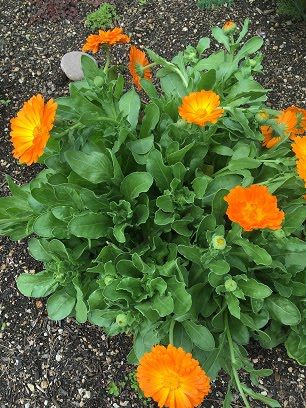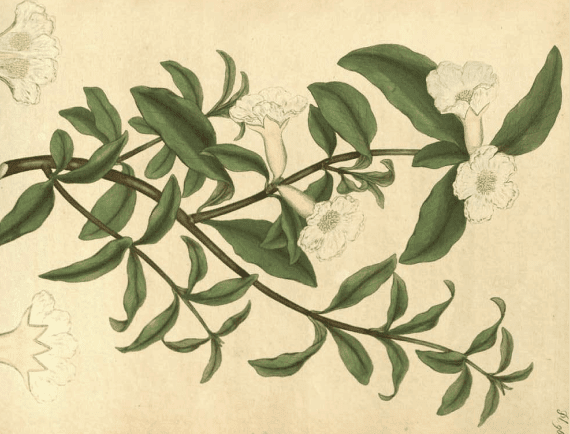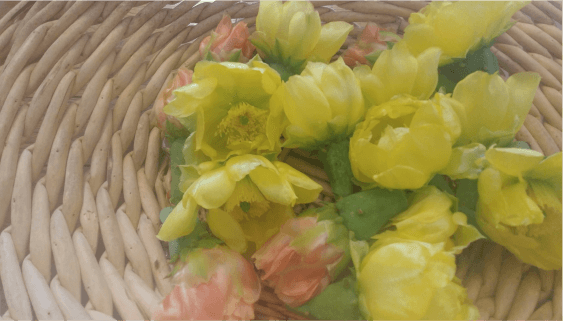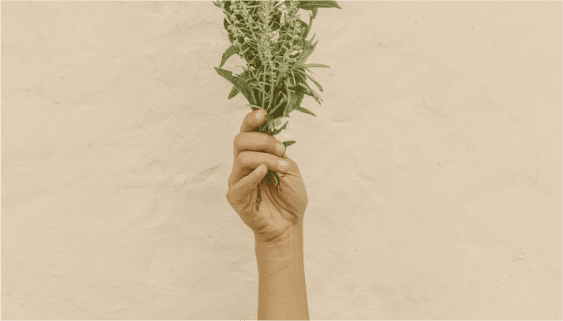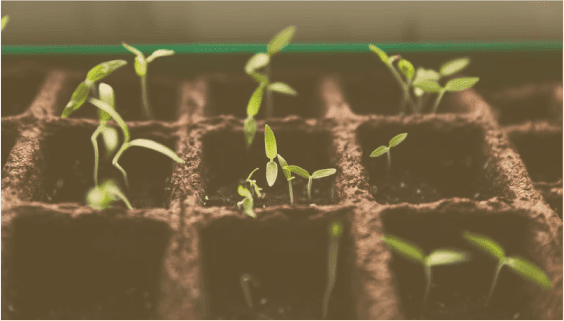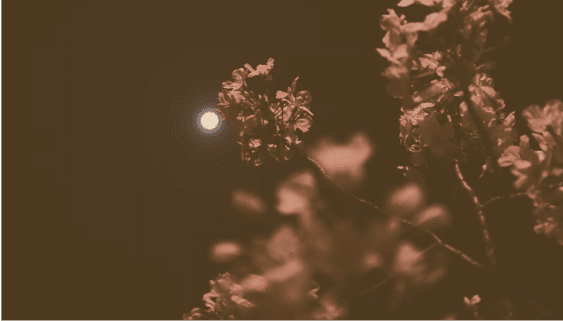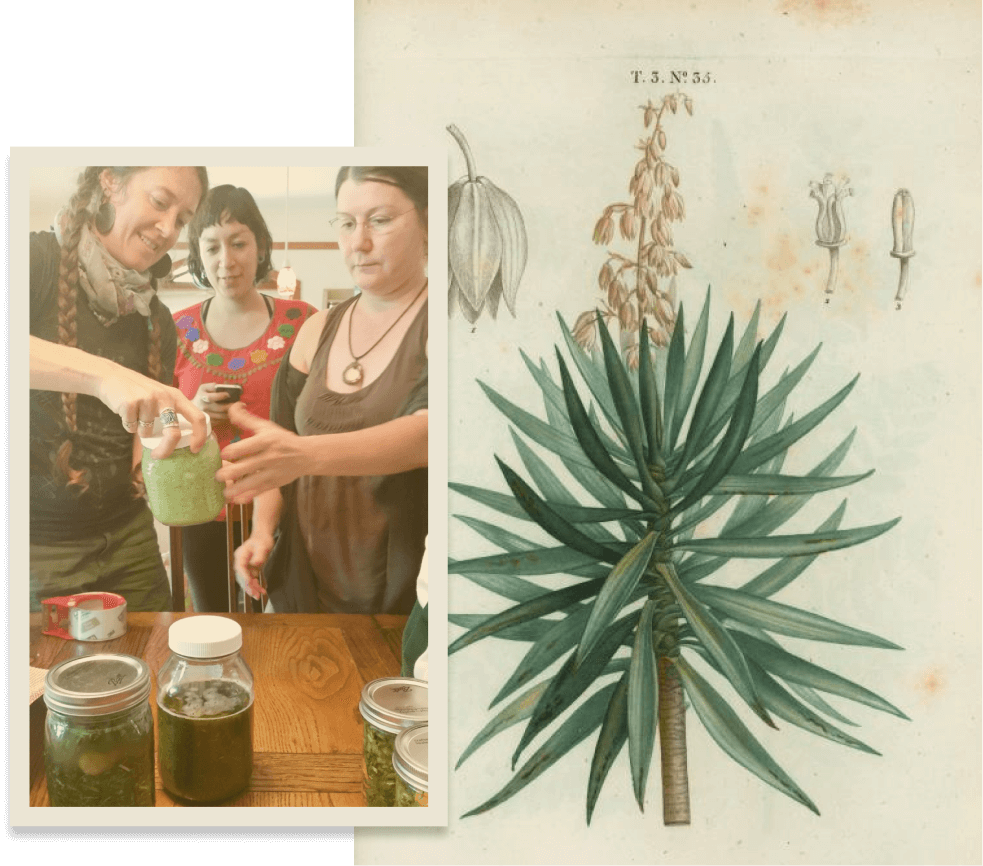Calendula officinalis
Calendula officinalis, also known as marigold, pot marigold, marybud, poor man’s saffron, or flor de muerto (just to name a few), is in the Asteraceae (formerly known as Composite) family 1. A native to Europe, the name Calendula derived from the Latin calens meaning the first day of the month (which is when the Romans claimed they bloomed) 1. With its brightly colored orange and yellow petals, it is easy to see why astrologically calendula is considered to be a plant of the sun under Leo.
Energetic Properties:
Calendula is drying, warming and secondarily cooling. In Western herbalism it is considered a warm and dry plant 2. In Chinese medicine considered cooling and drying.
Actions:
anti-inflammatory, antimicrobial, astringent, antifungal, antiviral, bacteriostatic 2, bitter, hepatic, immunostimulant, vulnerary
Constituents:
immunomodulating polysaccharides such as arabinogalactans3, alkaloids, essential oils, resin, sterols, flavonoids, carotenoids 4
Historical Uses:
According to HERBALPEDIA, the culinary use of calendula dates back to ancient Rome 1. People discovered that powered calendula worked as an affordable substitute for saffron which earned it the name of “poor man’s saffron 1.”
This plant has had a wide variety of significant meanings in many different cultures. Calendula would bloom at all the festivals celebrating the Virgin Mary and so began to be associated with the ability to ward off evil 1. In India calendula was thought to be related to love 1. While in Mexico, calendula is known as “flor de muerto” meaning flower of death 1.
Calendula was an old German folk remedy as well as a homeopathic remedy. They used it as a topical dressing for wounds, sores, burns, and infections 2.
In America, marigold petals have been used to color butter and fed to chickens to make the yolks more yellow 1.
Medicinal uses:
Calendula can be used in a variety of ways topically and internally. Topically, it is well known for treating skin problems such as infection, cuts, scrapes, bruises, chapped skin, diaper rash, fungal infections, and eczema 1,5. It can help wounds heal more quickly 5. According to Matthew Wood, calendula is bacteriostatic, meaning that it doesn’t kill bacteria but instead prevents the extension of the infection 2. As a vulnerary herb, it can not only be used to heal external wounds on the skin but can also heal the internal mucosa from things such as ulcers and digestive inflammation 6. As a lymphatic alterative it helps move congested lymph and can help shrink swollen lymph glands 7. Used as an injury remedy, it can help resolve swelling of injuries or trauma in joints by facilitating lymphatic cleanup 7. As a hepatic herb, calendula can help stimulate a boggy liver. It can also stimulate bile production and menstrual flow 8. Margi Flint describes calendula as “herbal sunshine” similarly Matthew Wood mentions that calendula is an herb for places “where the sun doesn’t shine 8, 2.” The lymph is one such place where the sun doesn’t shine 2. Places where people get fungal infections, such as the feet, also seem to be places where the sun isn’t shining. It makes sense in this light that calendula is known good anti-fungal remedy for thrush and athlete’s foot.
Safety/Contraindications:
Those with an allergy to other plants in the Asteraceae family may be sensitive to calendula, for example, those individuals who are allergic to chamomile,echinacea, or ragweed 1. Calendula is contraindicated for pregnant women for internal use as it could act an emmenagogue 5. Additionally calendula is a bitter stimulant; therefore, used internally it can cause upset stomach, nausea or vomiting in some 9. Otherwise, calendula is generally recognized as safe for internal use and external use.
Preparations and Dosage:
While people often prefer to use the sticky calendula flowers when making medicine, in reality all parts of the plant can be used. Preparations include tea (can be used externally or internally), tincture (also for internal or external use), oil, and salve – both can be used externally. Fresh plant material can be tinctured with 100% alcohol at a ratio of 1:2 9. Dried flowers can be tinctured at a 1:5 radio with 75% alcohol and 25% water 9. Richo Cech prefers dried flower tincture. Calendula oil can be made by adding 1 part dried flowers to 5 parts olive oil 9. A tea can be made by steeping 1 tablespoon dried calendula in 8 oz of water for 10 minutes 2.
Tea dosage:
2-3 cups of an infusion per day 9
Tincture dosage:
Adult dosage: 30-60 drops (1-2 standard droppersful) diluted in a little water and taken 3-5 times/day 9
Seniors: start with 30 drops (1 dropperful) 3-5 times/day 9
Child dose (ages 4-10) – 5-15 drops very diluted in water or juice, taken 3-5 times/day 9
Infant dosage (10 weeks – 3 years) 2-5 drops in very diluted water, milk, or juice, 3-5 times per day 9
Growing Considerations/Habitat:
Calendula is a European plant; therefore, it tends to do well in milder climates. In Texas you would do well to plant seeds in the fall. Flowers will continue to bloom throughout the winter and spring time. If there is a frost you may try planting more seeds after the last frost and have a second batch of sunny flowers. This plant prefers full sun or partial shade in soil with good drainage 1. As the temperature rises, flowers may grow smaller and the plant may grow more tough and fibrous.
Herbs in Practice:
Herbalist Robin Rose Bennett has used calendula in a variety of ways including a part of a formula along with rose and lavender as a bath or formentation to heal burns. It is also an ingredient in her “digestive aid honey balls” which she gives to people when they have had symptoms suggesting they are having trouble assimilating nutrients such as bloating after eating and constipation. Along with plantain, slippery elm, and some warming herbs, calendula helps heal damage to the mucosa in the gastrointestinal system. She also combines calendula with rosemary to create a fungal infection powder which can be applied topically to the affected areas. It is one of her favorite anti-fungal herbs.
Local Austin, Texas herbalist and massage therapist Luna Wood has also used calendula in a variety of ways. As a lymphatic massage practitioner, she has used calendula oil many times to help heal women who had scars related to breast reduction surgery or hysterectomy. She has had great success with using the salve to help heal scarring at the incision sites. When she worked as a doula she used calendula salve on women to help heal stretch marks on their growing bellies. She finds that it helps with lost melanin or elasticity of the skin. She loves to add it to herbal sitz baths for women attending her women’s retreats. To her it is a plant of joy. She describes ist vibrant gold color as a color of power, of our inner child, and our power center. It is a very centering plant which helps you to connect with the power within and also with joy.
Personal Experiences :
Upon being given a cup of calendula tea I took in its beautiful yellow color. Its taste was mildly bitter, slightly floral, and left a slight tingle in the mouth. Suddenly, my mind was flooded with images of lazy summers. I could see the afternoon summer sun shining brightly over a prairie. An uplifting feeling of warmth, joy and contentment settled on me. Although my mouth was left a little dry afterwards, I enjoyed my cup of calendula tea. While it was somewhat bland on its own, I could see it being a nice addition to a tea blend that needed warmth or something to cut sweetness. As a leo myself, I find the plant very appealing.
I had the opportunity to use calendula in a variety of its forms. First as a bitter digestive tea which helped stimulate the appetite by getting my digestive juices flowing. I made a calendula infused oil which I turned into a salve and used for many different things including as a moisturizer to help heal my dry feet in the winter months. I also used this salve as a lip balm to heal my chapped lips when I was dehydrated. I applied a salve to bug bites which were taking longer to heal than I had hoped. Upon application the skin felt soothed and the bites began to heal nicely. I also applied the tincture topically to help heal cuts and scrapes. I was quite happy with the results I had from using this lovely plant.
I sewed my calendula seeds in a pot on my porch in early spring and was worried I had waited too long. Finally, on the last day of May my first calendula blossom flowered. I found it a very easy and friendly plant to grow and care for and look forward to planting more next year.
After reading about all of the potential uses for calendula and interviewing the herbalists about the many ways they use this plant, I am excited to continue exploring the many uses of my new herbal ally.
References
1. HERBALPEDIA. Calendula. http://www.herbworld.com/learningherbs/calendula.pdf (April 26 2015)
2. Matthew Wood. Classification of Medicinal Plants: Calendula. The Practice of Traditional Western Herbalism. Berkeley, California: North Atlantic Books: 2004: pg 242-243
3. James A. Duke. Phytochemical & Ethnobotanical Databases http://sun.ars-grin.gov:8080/npgspub/xsql/duke/plantdisp.xsql?taxon=196 (June 01 2015)
4. Lisa Ganora. Carbohydrates in Medicinal Plants. Herbal Constituents Foundations of Phytochemistry. Lewisville, Colorado: Herbalchem Press: 2009: pg 80
5. Stephen Horne and Thomas Easley. Key Herbs: Calendula. The Practice of Modern Herbal Medicine. St George, Utah. The School of Modern Herbal Medicine: 2014: pg 361
6. James Green. A few herbs are all you need. The Herbal Medicine-Maker’s Handbook: A Home Manual. Berkeley, California: Crossing Press: 2000: pg 30
7. Jim McDonald. Herbs for back pain. www.herbcraft.org/backpain.html (May 25 2015)
8. Margi Flint. Understanding Intrinsic Factor. The Practicing Herbalist. Marblehead, Massachusetts. EarthSong Press 2013: pg. 304
9. Richo Cech. Making Plant Medicine. Williams, Oregon: Horizon Herbs Publication: 2000: e-book multiple pages

